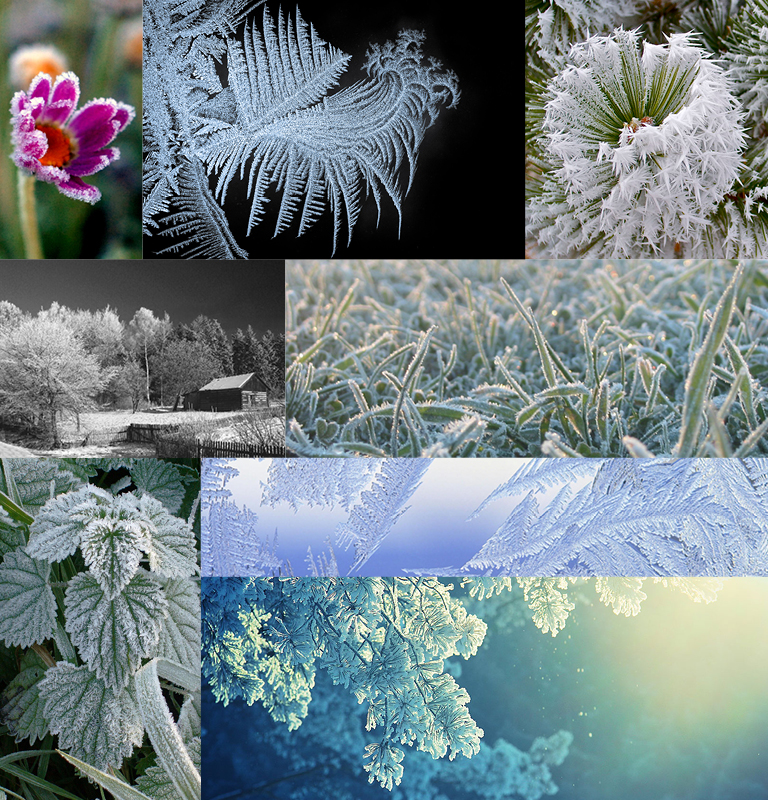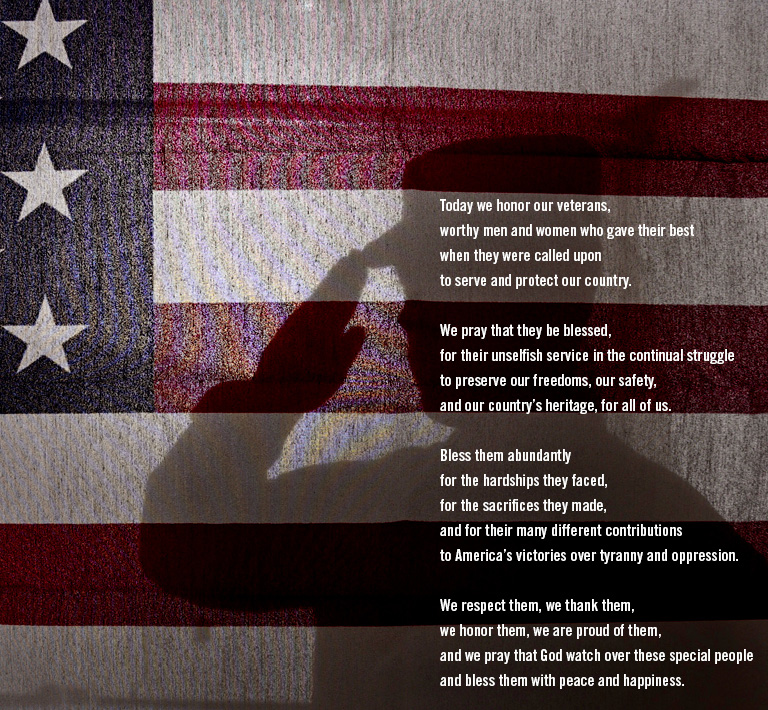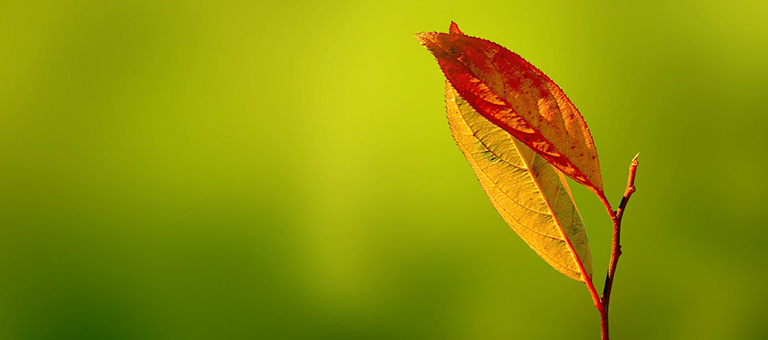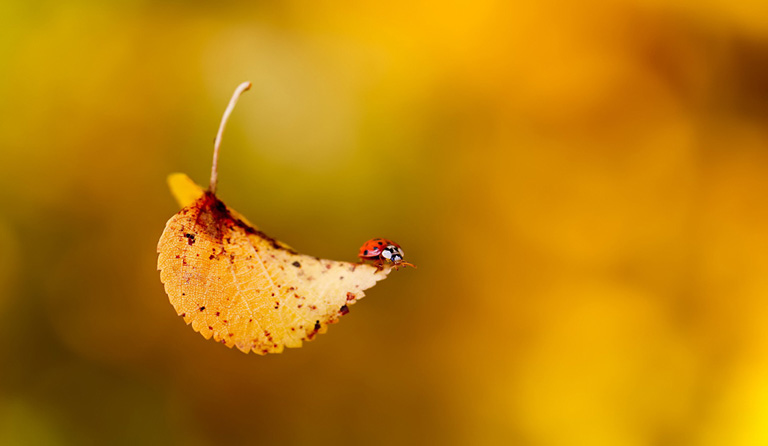“…till you drop”

For some, there is nothing more exciting than Black Friday, the day after Thanksgiving in the US. Regarded as the official start of the Christmas Shopping season when most retailers open very early, and some the night before to offer shoppers promotional sales. Many of you have already gotten up early today and rushed off to the malls and stores looking for deals. In my house, being a Dad of four girls, the “day after” was met with fun and fervor. We weren’t a family that would race out and go nuts, but we did at times, go looking for savings. So, in KHT fashion, here is some Wikipedia trivia about the day.
- Although the concept of a national day of thanksgiving originated in the time of George Washington, it was not until 1863 that President Lincoln declared an annual holiday to be celebrated on the last Thursday (now the fourth Thursday) in November, a proclamation ignored in the Confederacy until after the Civil War.
- The day after Thanksgiving as the unofficial start of the holiday shopping season may be linked together with the idea of Santa Claus parades. Parades celebrating Thanksgiving often include an appearance by Santa at the end of the parade, with the idea that ‘Santa has arrived’ or ‘Santa is just around the corner’ because Christmas is always the next major holiday following Thanksgiving. (as kids, we’d watch TV waiting to see Santa)
- The earliest known use of “Black Friday” occurs in the journal, Factory Management and Maintenance, for November 1951, and again in 1952, referring to the practice of workers calling in sick on the day after Thanksgiving, in order to enjoy a four-day weekend. However, this use does not appear to have caught on. Around the same time, the terms “Black Friday” and “Black Saturday” came to be used by the police in Philadelphia and Rochester to describe the crowds and traffic congestion accompanying the start of the Christmas shopping season. In 1961, the city and merchants of Philadelphia attempted to improve conditions, and a public relations expert recommended rebranding the days, “Big Friday” and “Big Saturday”; but these terms were quickly forgotten.
- In the late 19th and early 20th centuries, many Santa or Thanksgiving Day parades were sponsored by department stores. These included the Toronto Santa Claus Parade, in Canada, sponsored by Eaton’s, and the Macy’s Thanksgiving Day Parade. Department stores would use the parades to launch a big advertising push. Eventually it just became an unwritten rule that no store would try doing Christmas advertising before the parade was over.
- Thanksgiving Day’s relationship to Christmas shopping led to controversy in the 1930s. Retail stores would have liked to have a longer shopping season, but no store wanted to break with tradition and be the one to start advertising before Thanksgiving. For this reason, in 1939, President Franklin D. Roosevelt issued a presidential proclamation proclaiming Thanksgiving to be the fourth Thursday in November rather than the last Thursday, meaning in some years one week earlier, in order to lengthen the Christmas shopping season. Most people adopted the President’s change, which was later reinforced by an act of Congress, but many continued to celebrate Thanksgiving Day on the traditional date.
- The earliest evidence of the phrase Black Friday applied to the day after Thanksgiving in a shopping context suggests that the term originated in Philadelphia, where it was used to describe the heavy and disruptive pedestrian and vehicle traffic that would occur on the day after Thanksgiving. This usage dates to at least 1961.
- More than twenty years later, as the phrase became more widespread, a popular explanation became that this day represented the point in the year when retailers begin to “turn a profit”, thus going from being “in the red” to being “in the black” on their ledgers.
- For many years, it was common for retailers to open at 6:00 a.m., but in the late 2000s many had crept to 5:00 or 4:00 a.m. This was taken to a new extreme in 2011, when several retailers opened at midnight for the first time. In 2012, Walmart and several other retailers announced that they would open most of their stores at 8:00 p.m. on Thanksgiving Day, prompting calls for a walkout among some workers. In 2014, stores such as JCPenney, Best Buy, and Radio Shack opened at 5:00 PM on Thanksgiving Day while stores such as Target, Walmart, Belk, and Sears opened at 6:00 PM on Thanksgiving Day.
- Black Friday is not an official holiday, but California and some other states observe “The Day After Thanksgiving” as a holiday for state government employees, sometimes in lieu of another federal holiday such as Columbus Day. States include Arkansas, Delaware, Florida, Georgia, Illinois, Indiana, Iowa, Kentucky, Maine, Maryland, Michigan, Minnesota, Nebraska, Nevada, New Hampshire, New Mexico, Ohio, Oklahoma, Pennsylvania, South Carolina, Texas, West Virginia, and Wisconsin.
- Many non-retail employees and schools have both Thanksgiving and the following Friday off, which, along with the following regular weekend, creates a four-day weekend, thereby increasing the number of potential shoppers, routinely making it the busiest shopping day of the year.
- In the past few years, “Christmas creep” has been cited as a factor in the diminishing importance of Black Friday, as many retailers now spread out their promotions over the entire months of November and December, rather than concentrate them on a single shopping day or weekend.
- Three states, Rhode Island, Maine, and Massachusetts, prohibit large supermarkets, big box stores, and department stores from opening on Thanksgiving, due to blue laws (designed to enforce religious standards).
- It is common for prospective shoppers to camp out over the Thanksgiving holiday in an effort to secure a place in front of the line and thus a better chance at getting desired items. This can pose a safety risk, such as the use of propane, tents and generators in the most elaborate cases, and in general, the blocking of emergency access and fire lanes.
- Historically, it was common for Black Friday sales to extend throughout the following weekend. However, this practice has largely disappeared in recent years, perhaps because of an effort by retailers to create a greater sense of urgency. In order to take advantage of this, virtually all retailers in the country, big and small, offer various sales including limited amounts of themed sales named “doorbuster”, “doorcrasher” and “doorsmasher” items to entice traffic.
- In Canada, the large population centers on Lake Ontario and the Lower Mainland in Canada have always attracted cross-border shopping into the US states, and as Black Friday became more popular in the US, Canadians often flocked to the US because of their lower prices and a stronger Canadian dollar. After 2001, many were traveling for the deals across the border. More recently, due to the parity of the Canadian dollar compared with the American dollar, several major Canadian retailers run Black Friday deals of their own to discourage shoppers from leaving Canada.
- In the United Kingdom, the term “Black Friday” originated within the Police for the Friday before Christmas, a day where those services activated contingency to deal with the anticipated extra pressures put on the emergency services inherent in the larger than normal volumes of people going out on the final Friday before Christmas. Since the start of the 21st century, there have been attempts by retailers with origins in the US, such as Amazon, to introduce a retail “Black Friday” as it would be understood by Americans, into the United Kingdom. In 2013 Asda (a subsidiary of Walmart) announced its “Walmart’s Black Friday by ASDA” campaign promoting the American concept of a retail “Black Friday” in the UK.
- In Mexico, Black Friday was the inspiration for the government and retailing industry to create an annual weekend of discounts and extended credit terms, El Buen Fin, meaning “the good weekend” in Spanish. El Buen Fin, when major retailers extend their store hours and offer special promotions, including extended credit terms and price promotions.
- Recent trends in the US show over 250 million shoppers will spend beyond $50 billion in one day, followed by lesser yet meaningful sales on Saturday, Sunday, Cyber Monday and Giving Tuesday.
With the Dow Jones Industrials topping 19,000 this week, it’s no wonder what this year will bring. Grab your hat and coat, jump in and have some shopping fun!








